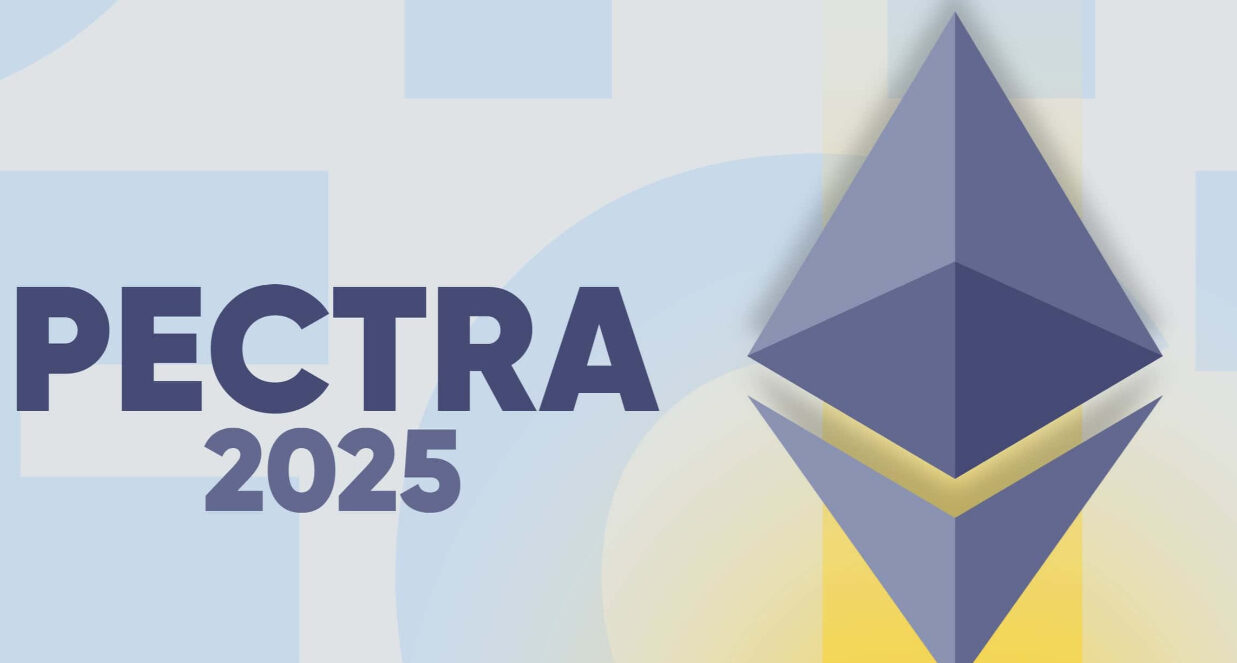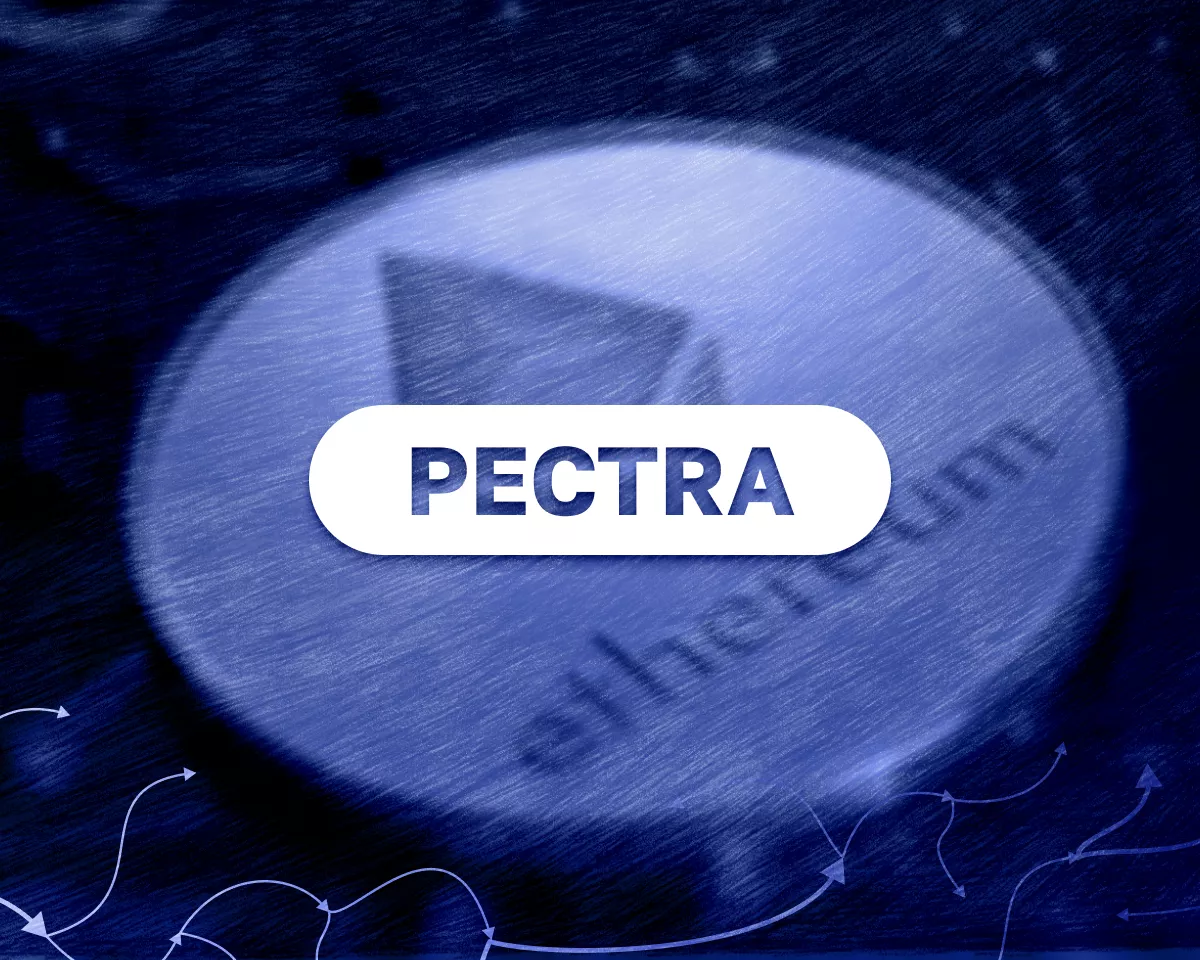The activation of the “Pectra” upgrade marks a significant milestone in the evolution of Ethereum’s blockchain. This update, which offers Ethereum’s staking infrastructure various enhancements, especially concentrates on increasing the blockchain’s capacity to manage significant volumes of staked Ether more effectively.
The highlight of this upgrade is the increase in the maximum effective balance (MaxEB) for validators, which rises from 32 ETH to 2,048 ETH. With this modification, Ethereum is likely to maximize its staking mechanism, ease congestion, and raise general system efficiency.
Pectra Staking Improvements
Several important Ethereum Market Improvement Proposals (EIPs) are combined in the Pectra update; EIP-7251 stands out among them. Representing a breakthrough in Ethereum’s staking model’s scalability, this EIP raises the maximum amount of Ether a single validator may stake from 32 ETH to 2,648 ETH. The update brings improvements in validator deposit timings, therefore reducing penalties and withdrawal flexibility; it also solves other important concerns, such as the expense and complexity of maintaining various validator nodes.

Additionally, this improvement is part of Ethereum’s continuous attempts to improve its execution and consensus layers. Pectra seeks to simplify Ethereum’s processes and give participants a more seamless, safer experience by raising the efficiency of Ether staking and how validators interact with the network.
Key Features of the Pectra Upgrade
Validator Staking Simplification
Most importantly, the Pectra upgrade raises the maximum effective balance a validator can stake from 32 ETH to 2,048 ETH. Validators used to spread their Ether among several validator nodes to stake more, which resulted in more operational complexity and infrastructure costs. With the rise to 2,048 ETH, validators can now stake significantly more in a single node, therefore simplifying their staking procedures and lowering expenses.
Large-scale validators and institutional investors will especially benefit from this development if they want to stake significant Ether without having to oversee many independent nodes. It also helps grow the Ethereum network’s capacity to handle big staked Ether volumes more effectively.
Faster Validator Deposits
The Pectra update saves time needed for validator deposits. Validators would once have to wait roughly 13 hours to have their deposits verified. This process will be cut to just 13 minutes with the upgrade, greatly enhancing the validator experience. Faster deposit times improve the liquidity and efficiency of the staking process, therefore attracting Ethereum to both individual and institutional stakers.
Moreover, validators today have more freedom regarding their staked Ether. Direct withdrawals straight from the Execution Layer allow them more financial control. For bigger institutional participants who need more complex and flexible staking techniques, this is a key advantage.
Ethereum Slashing Update
The Pectra upgrade also includes a method called slashing, which punishes validators for malicious or careless actions. Under the previous approach, any error would result in an initial slashing penalty of one ETH for validators staking thirty-two ETH. The new mechanism lessens this penalty for validators who stake more, say 2,048 ETH. Now, just 0.5 ETH is the initial slashing penalty, which lowers the danger for validators who have significantly staked Ethereum. This move is meant to make Ethereum staking more appealing and safe for significant players.
Pectra Update Impact
The Pectra update influences Layer 2 scalability in addition to Ethereum’s staking model. The improvement helps reduce congestion on Ethereum’s main net by raising the overall Ether capacity that may be staked in a single validator node, facilitating Layer 2 solutions’ efficient scalability. Since they depend on Ethereum Lead mainnet for security and settlement, Layer 2 protocols, including Optimism and Arbitrum, gain from the enhanced efficiency.
Final thoughts
The Pectra update marks a major advance for Ethereum’s staking model. Especially for Layer 2 solutions, allowing validators to stake more Ether more effectively prepares the ground for increased network scalability and lower transaction fees.
Ethereum’s move to a stronger staking ecosystem promises to improve general network security, lessen congestion, and boost the efficiency of its distributed financial ecosystem. Maximising the advantages of staking on Ethereum will depend on knowledge and adaptation for both institutional and personal participants.


